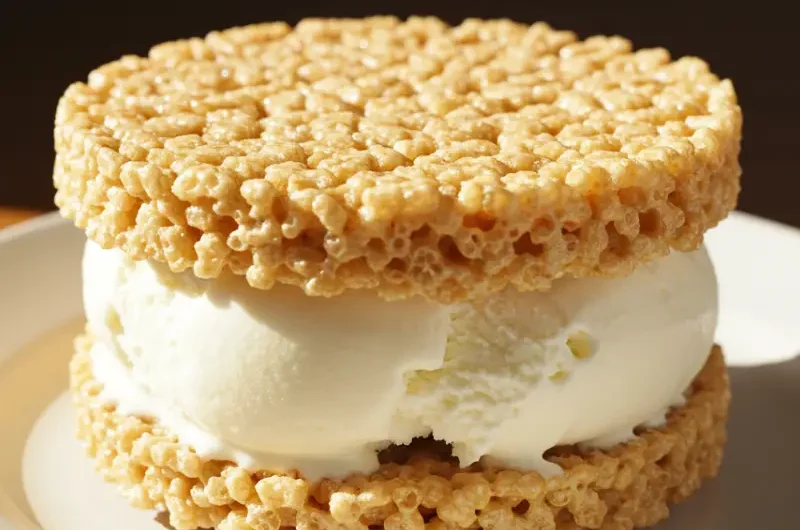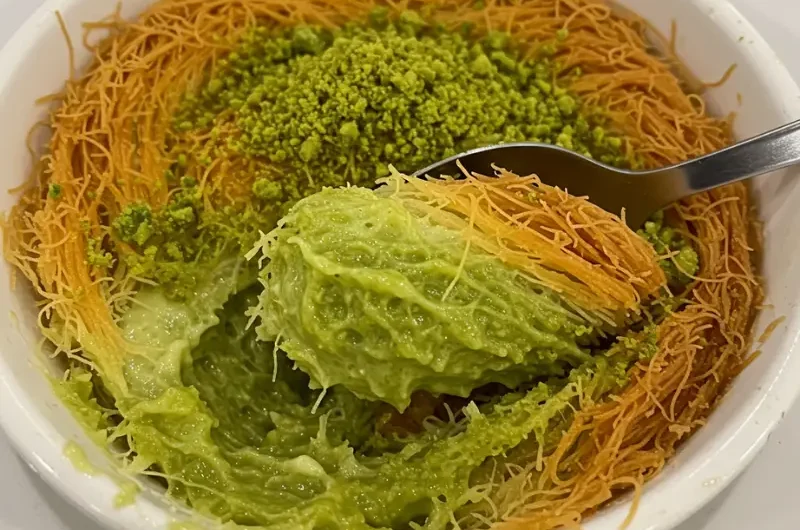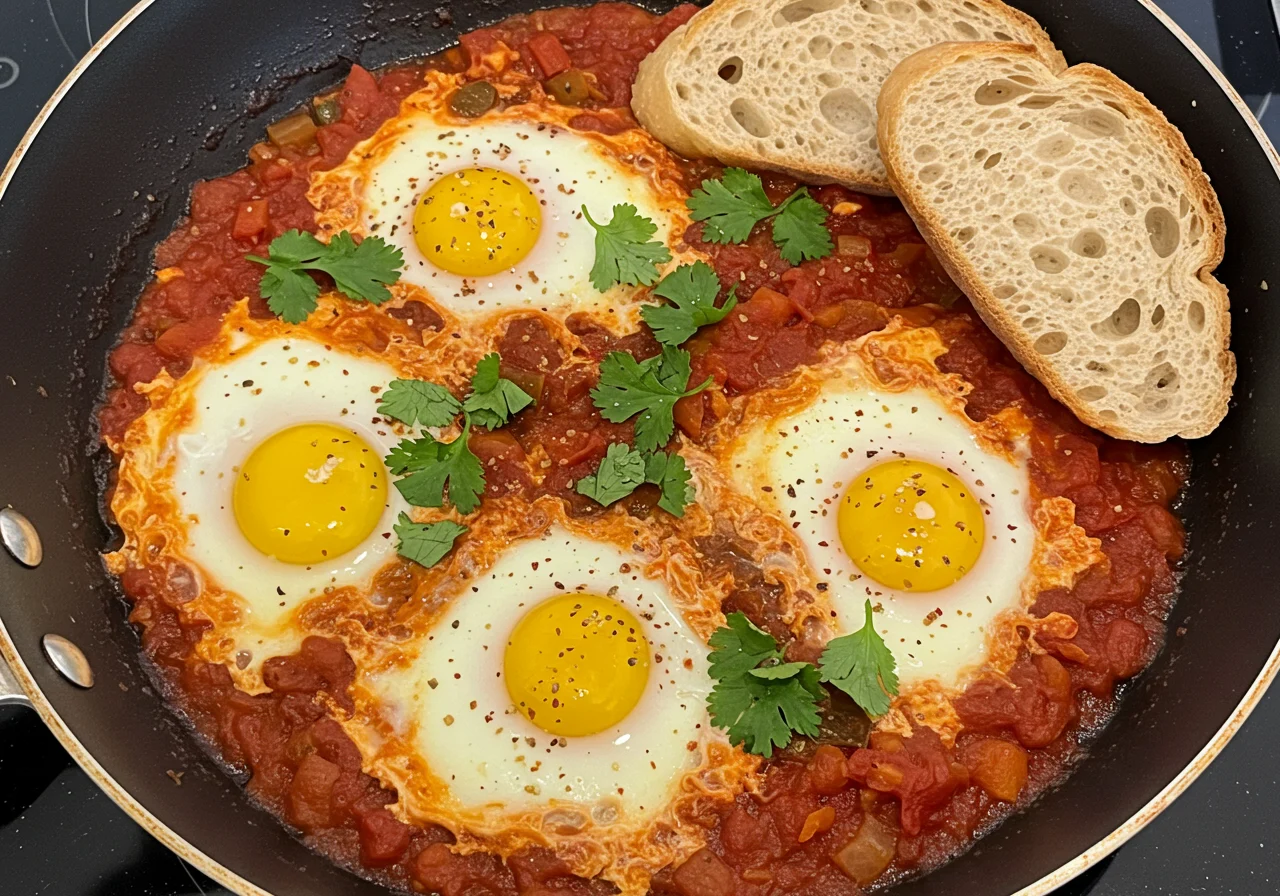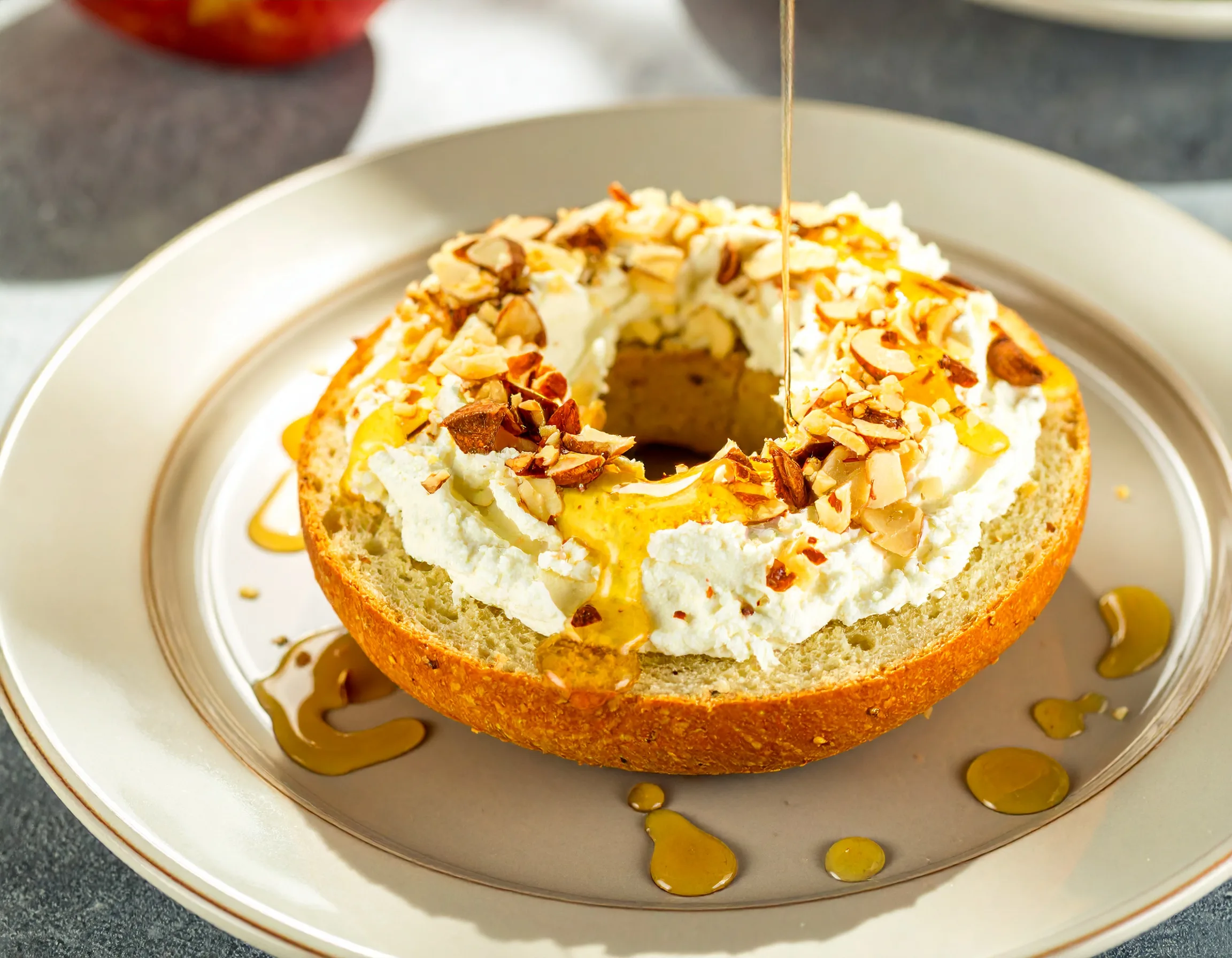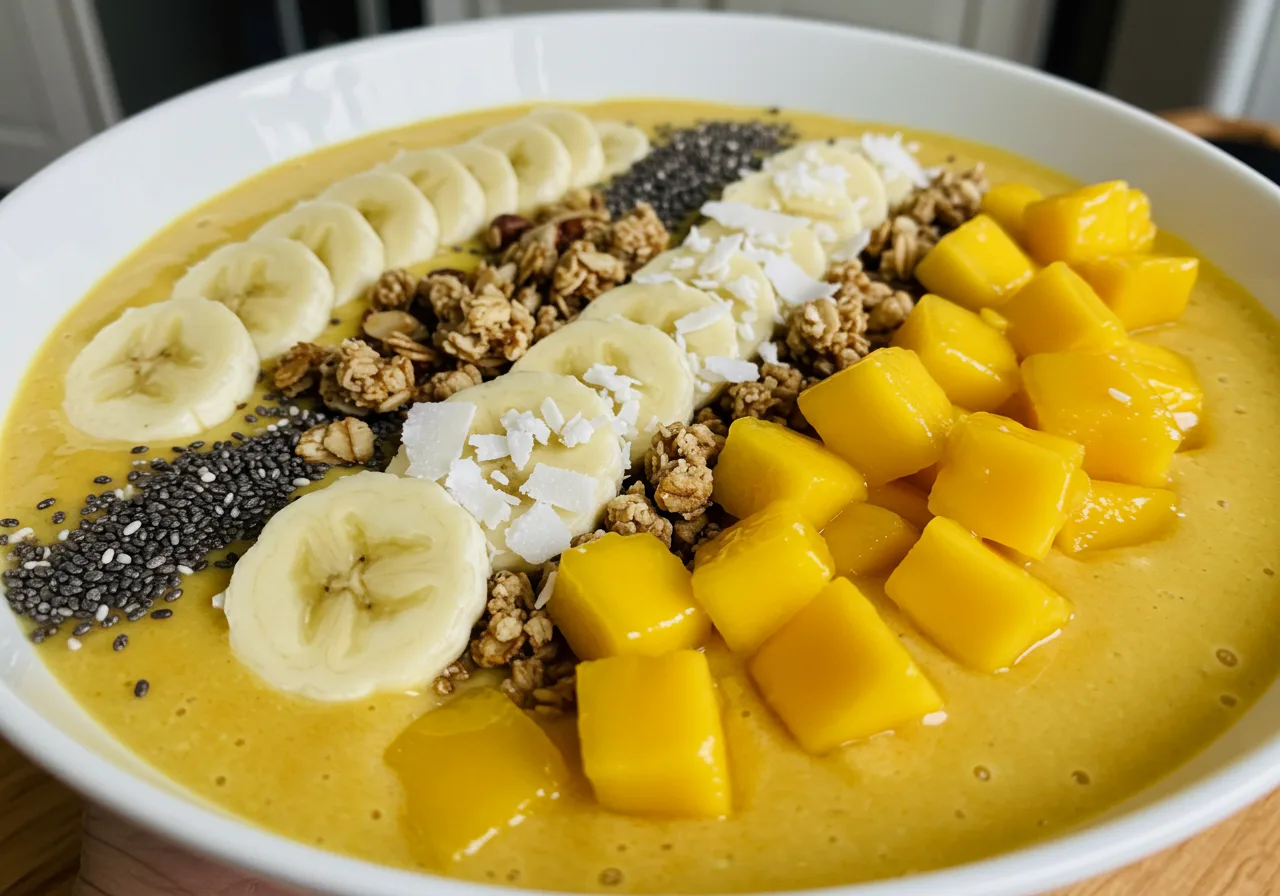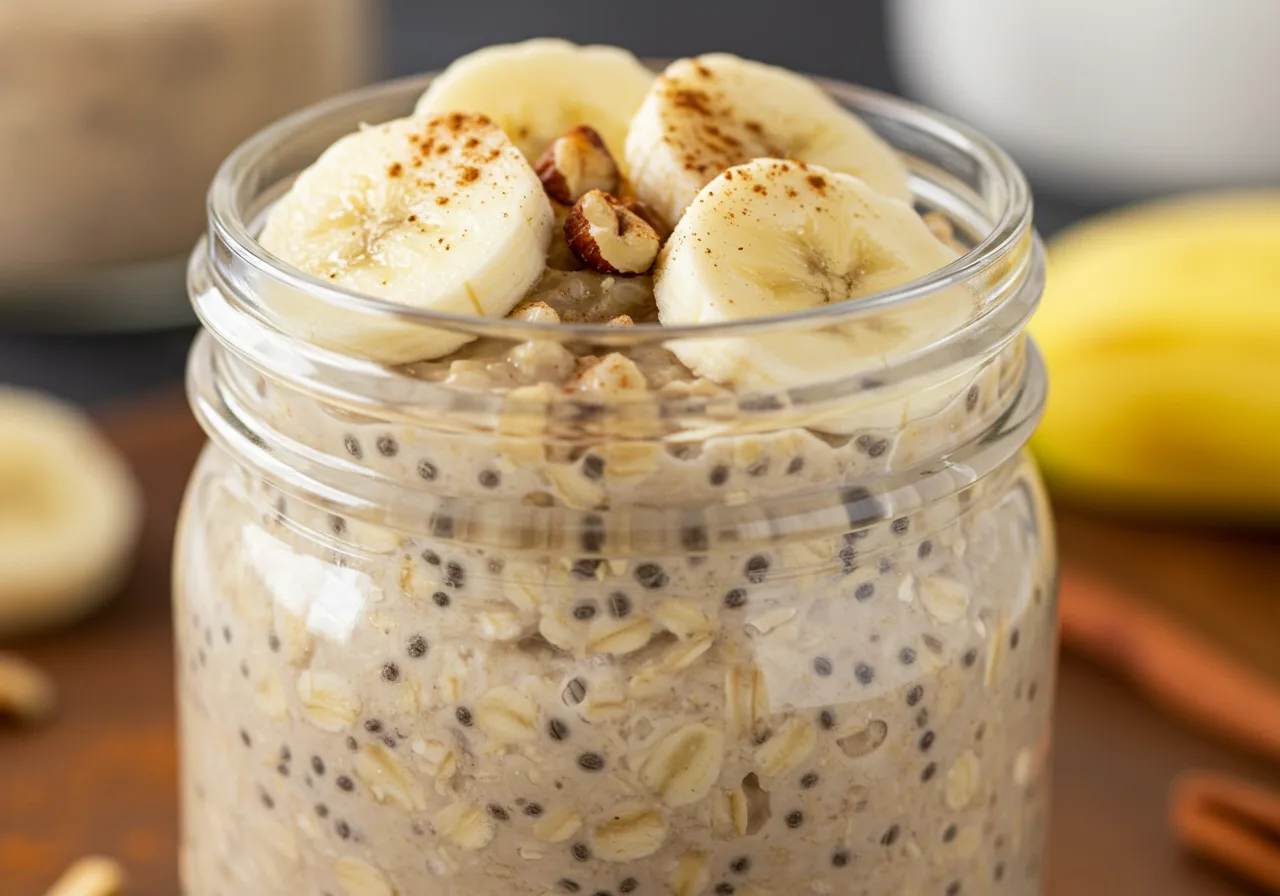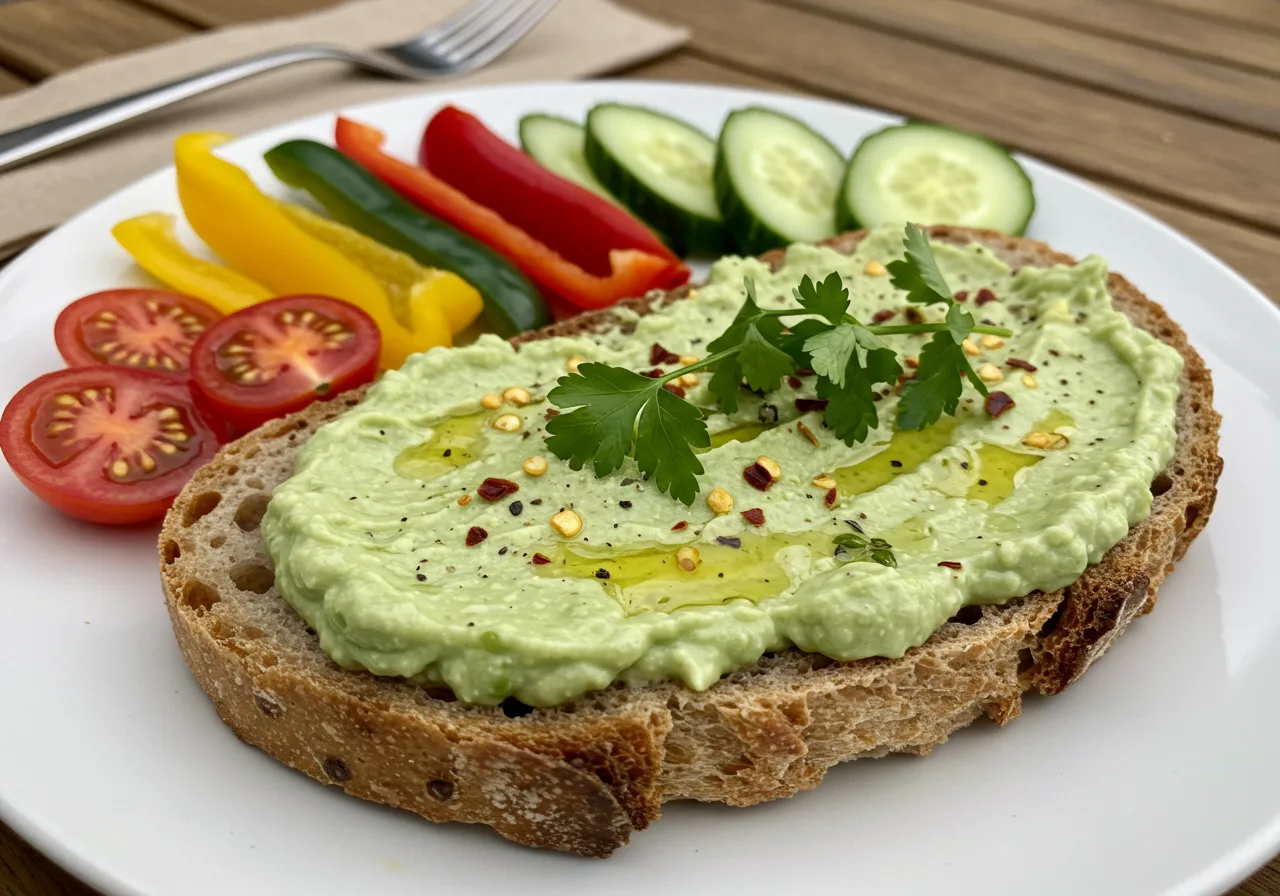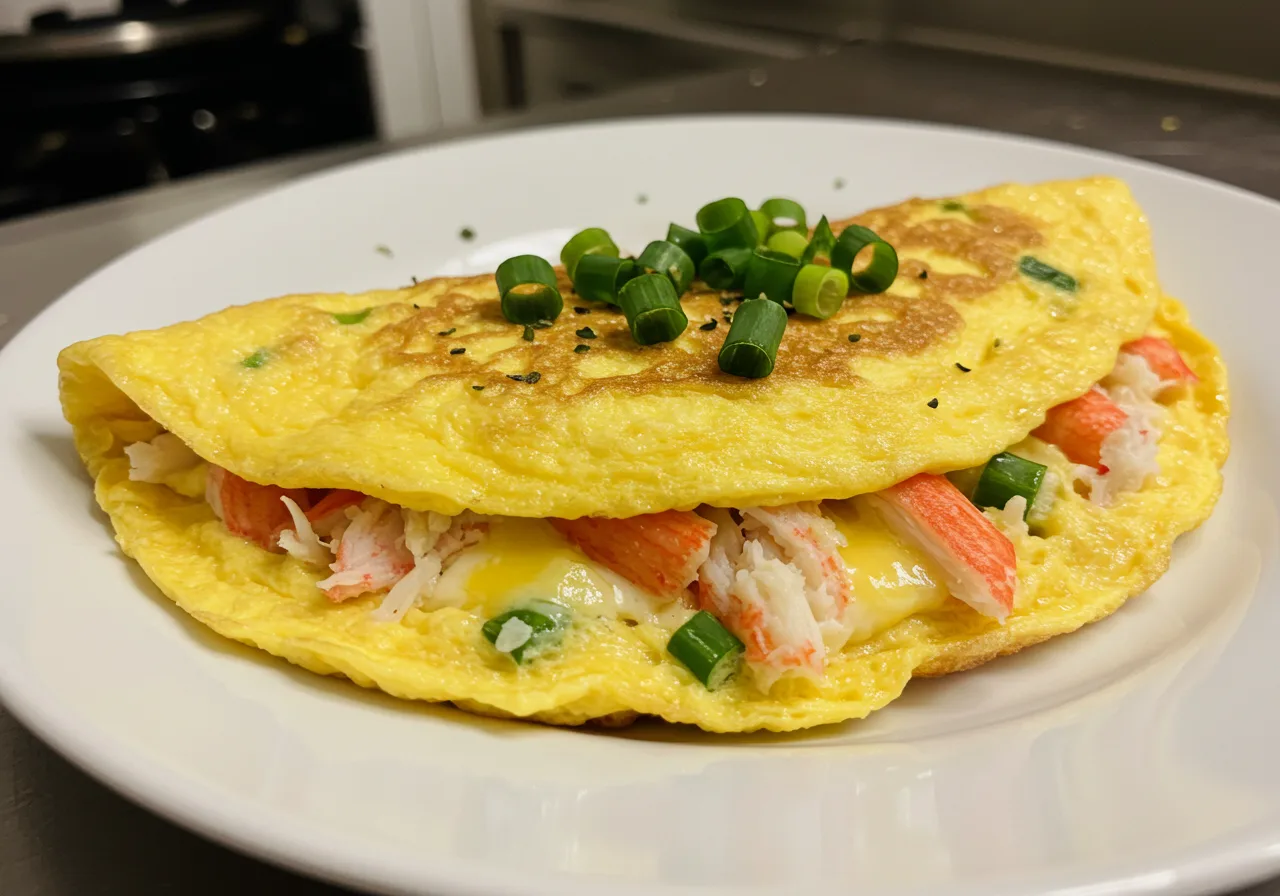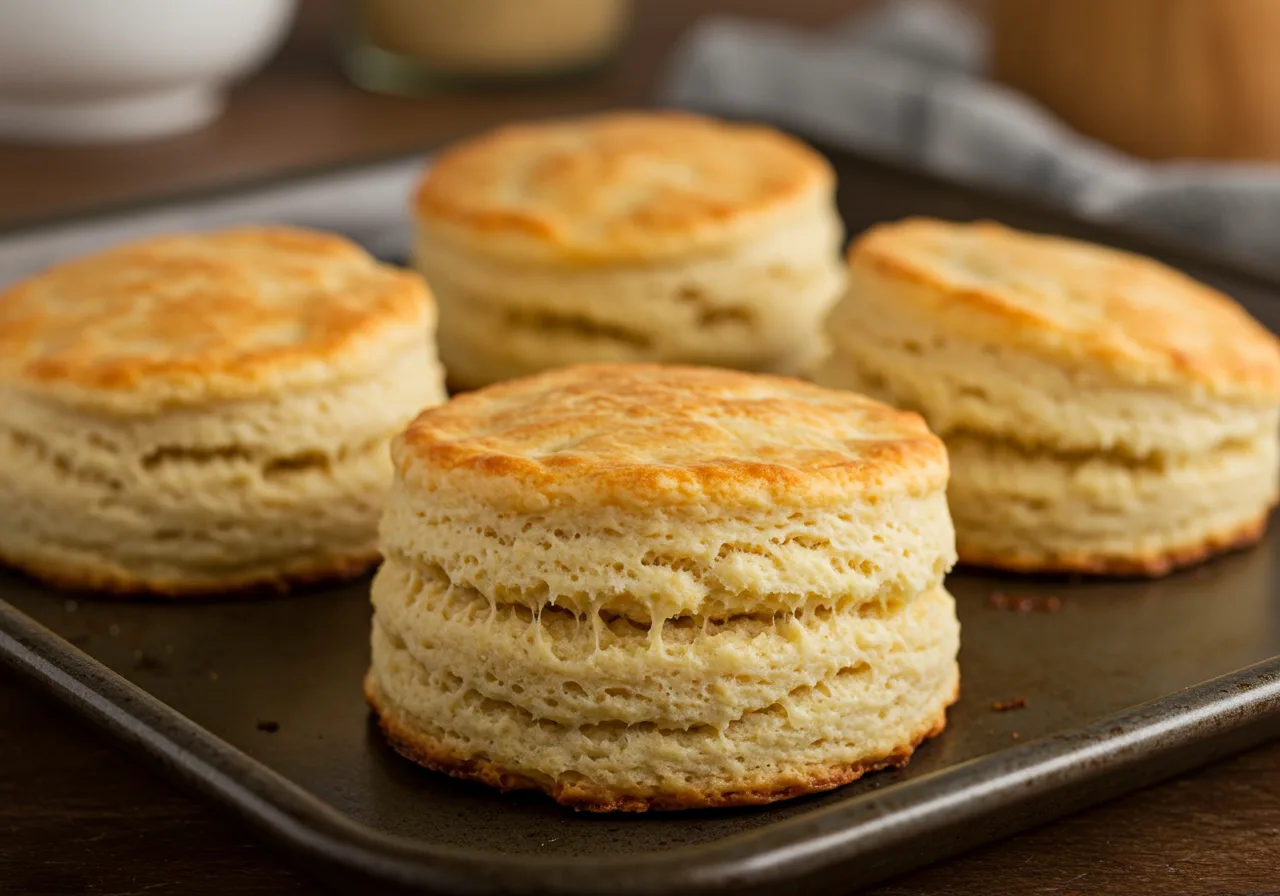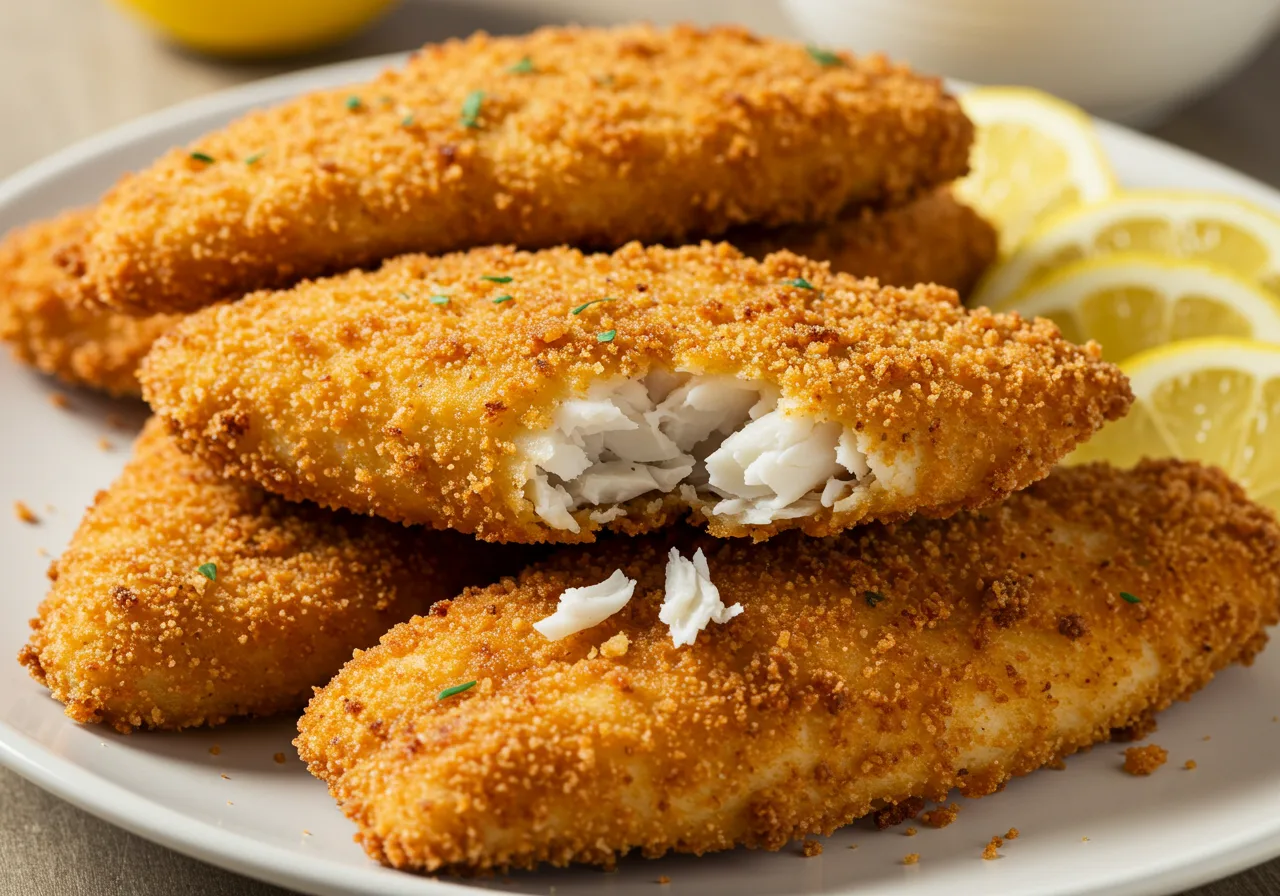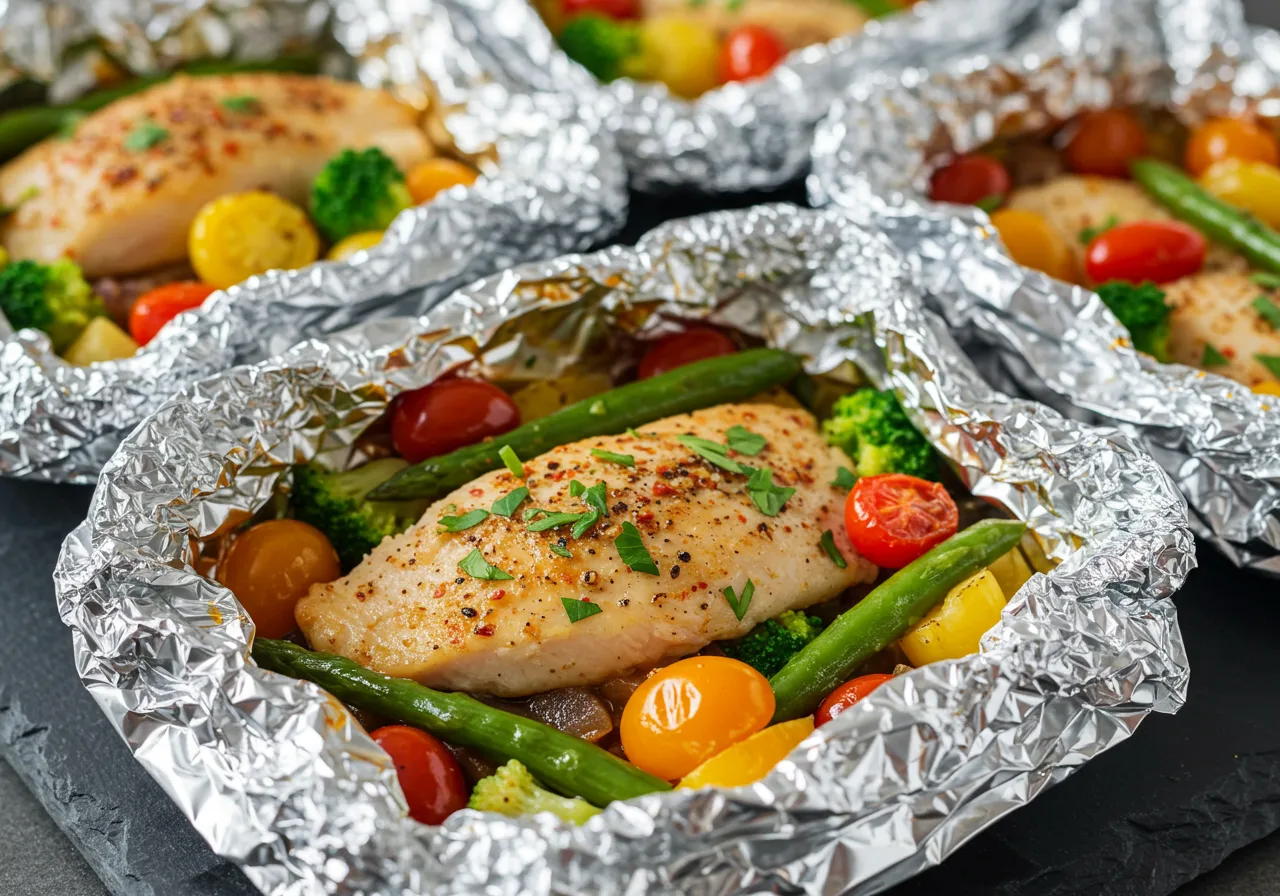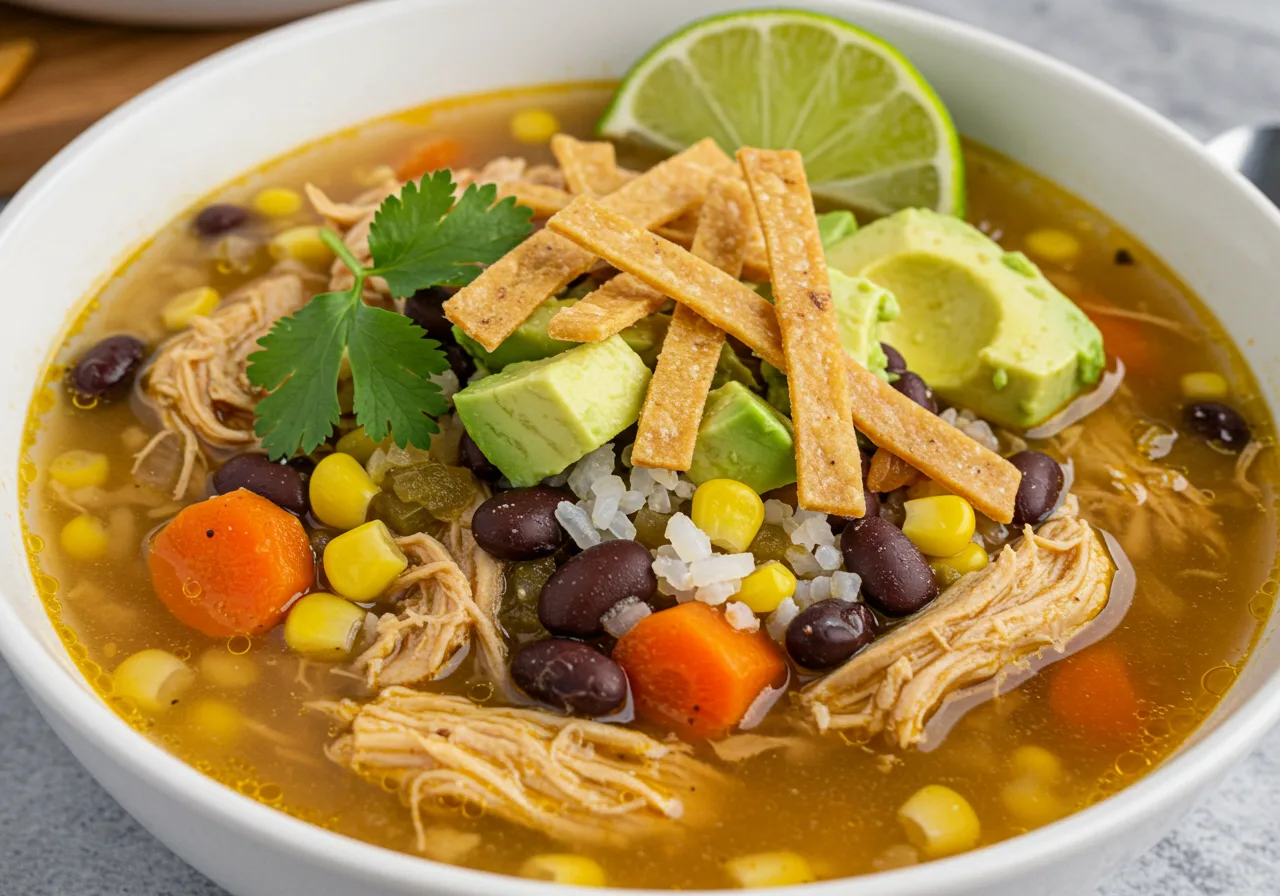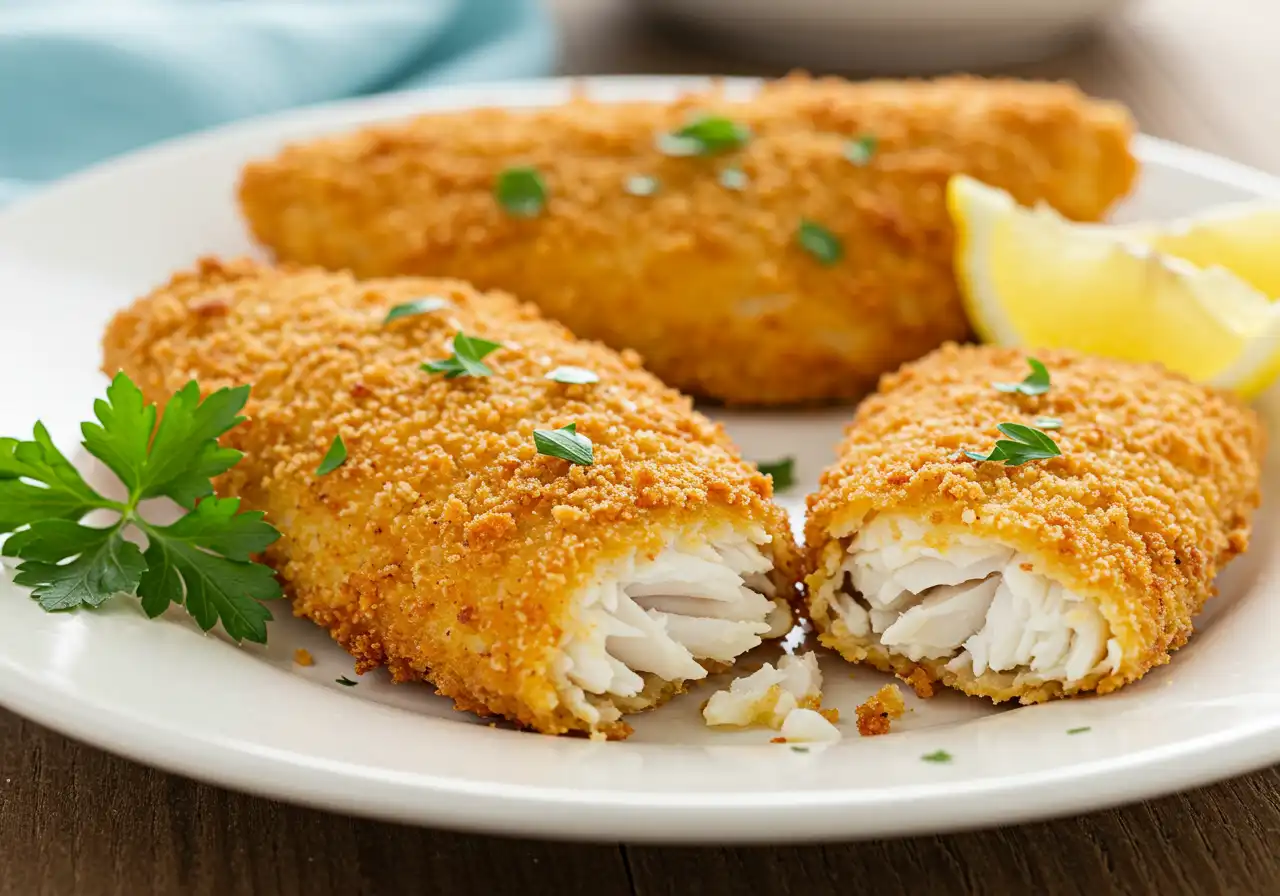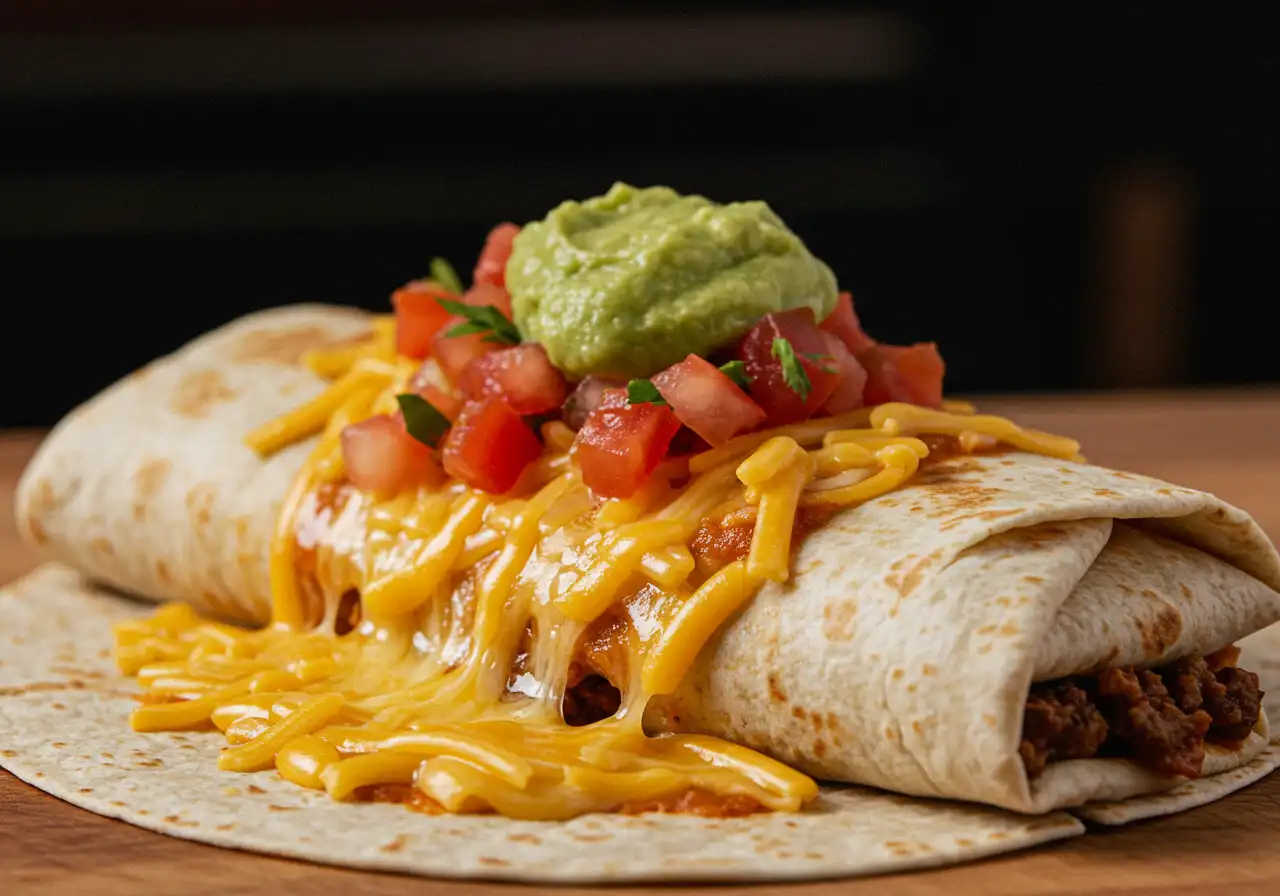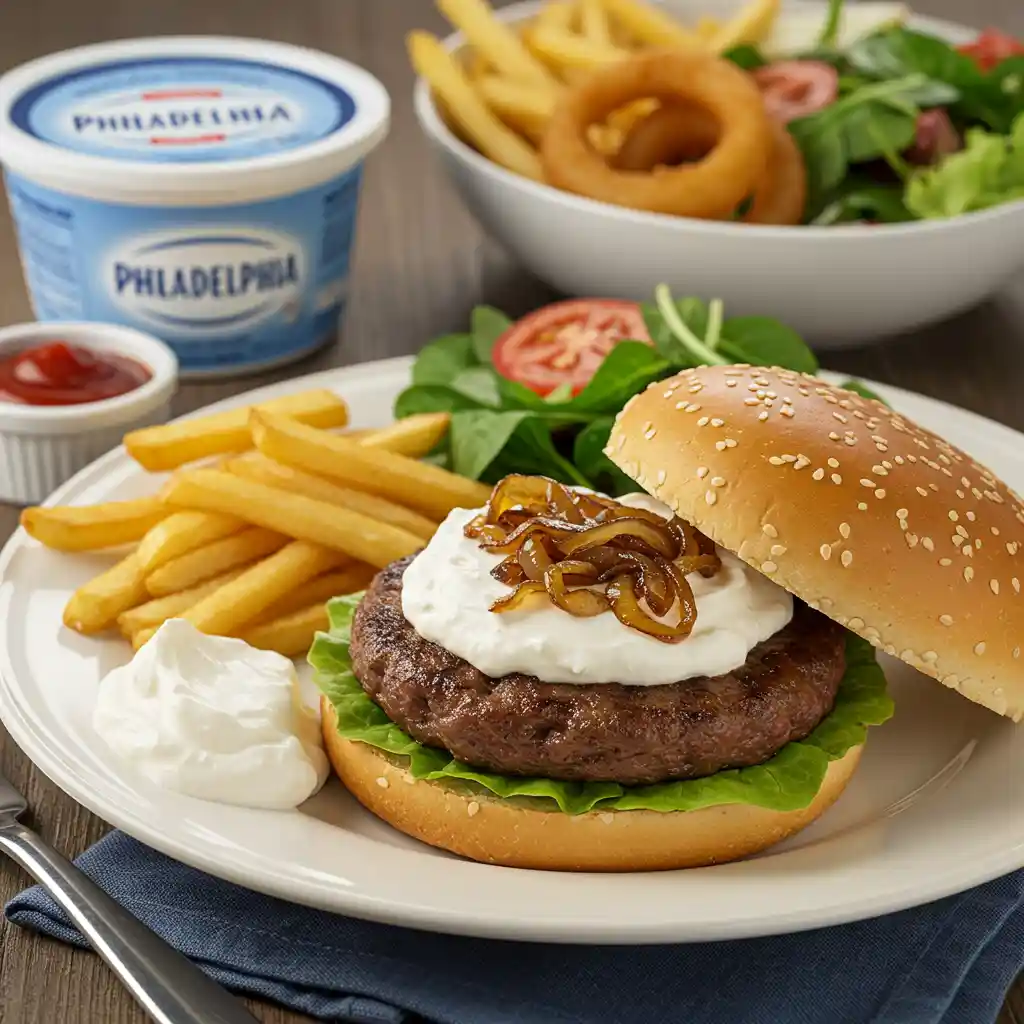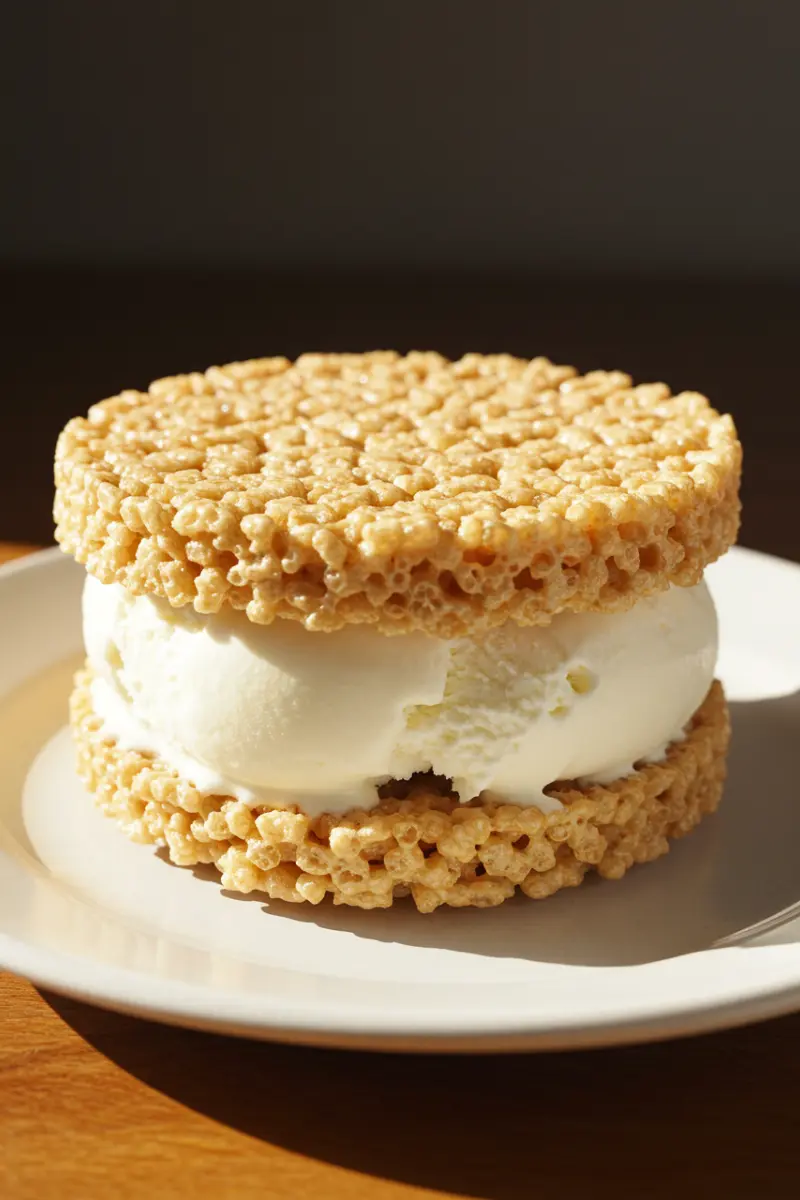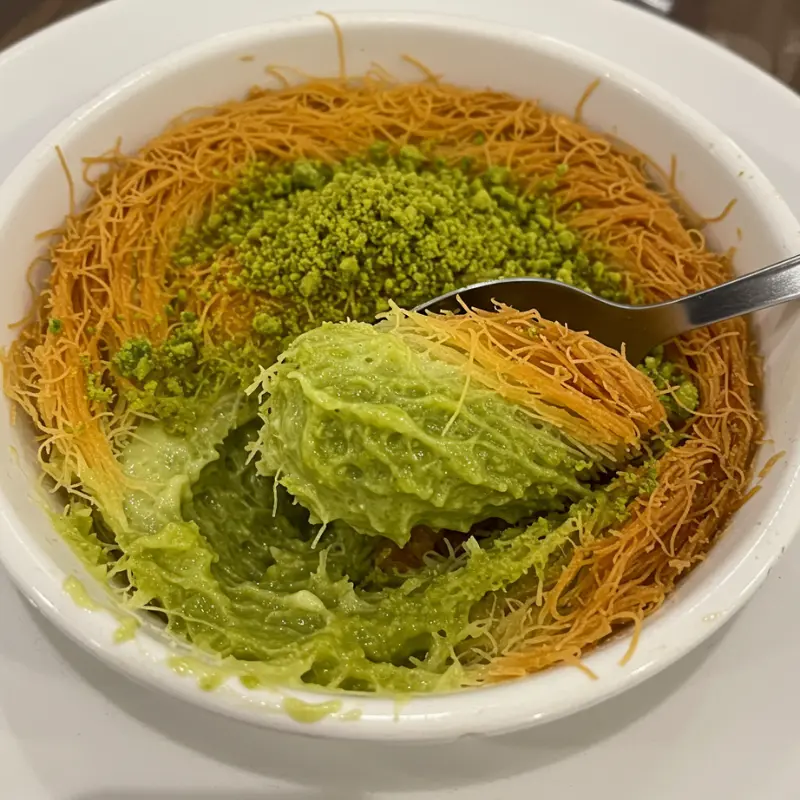Grilling tuna steaks on green egg is a fantastic way to enjoy flavorful, perfectly cooked seafood.
This method combines high heat, smoky infusion, and precise temperature control to create tender, juicy tuna steaks with a crispy sear.
Whether you’re new to the big green egg or a seasoned pro, this guide will walk you through everything you need to know for grilling tuna steaks like a master.
Grilling Tuna Steaks on Big Green Egg: A Quick and Flavorful Recipe
Course: Breakfast RecipesCuisine: AmericanDifficulty: Easy4
servings10
minutes5
minutes250
kcal15
minutesGrilling tuna steaks on green egg is a quick and flavorful way to enjoy tender, smoky seafood. This easy recipe ensures perfectly seared tuna with a juicy center every time.
Ingredients
4 fresh tuna steaks (1-inch thick)
2 tablespoons olive oil
1 teaspoon salt
1 teaspoon freshly ground black pepper
1 teaspoon lemon zest (optional)
1 tablespoon soy sauce (optional for marinade)
1 clove garlic, minced (optional for marinade)
Directions
- Prepare the Tuna Steaks : Pat the tuna steaks dry with paper towels and season both sides with salt, pepper, and lemon zest. Optionally, marinate them in olive oil, soy sauce, and minced garlic for 30 minutes.
- Set Up the Big Green Egg : Preheat your green egg to 450°F–500°F using lump charcoal and wood chips for added smoke flavor. Clean and oil the grill grates.
- Grill the Tuna Steaks : Place the tuna steaks on the hot grill and cook for 1.5–2 minutes per side, or until grill marks form and the internal temperature reaches 125°F–130°F for medium-rare.
- Rest and Serve : Remove the tuna steaks from the grill and let them rest for 2–3 minutes. Serve with a squeeze of fresh lemon juice and your favorite sides like grilled vegetables or a fresh salad.
Notes
- Avoid overcooking tuna, as it can dry out quickly. Use a meat thermometer to ensure perfect doneness.
- For a sweeter twist, try sprinkling a pinch of brown sugar on the tuna before grilling to caramelize the exterior.
- If you don’t have a big green egg, you can use a gas grill, but adjust cooking times slightly to account for heat differences.
Table of Contents
Why Choose the Big Green Egg for Tuna Steaks?
Grilling tuna steaks on green egg is a game-changer for seafood lovers.
This unique grill offers unmatched flavor and control, making it perfect for cooking delicate fish like tuna. Let’s explore why this method stands out.
1. Superior Flavor and Smoky Notes
The big green egg tuna steak recipe isn’t just about convenience—it’s about taste.
The ceramic design locks in moisture while infusing your food with a rich, smoky flavor that gas grills can’t replicate.
How Does It Work?
Ceramic Retention
The big green egg uses ceramic to retain heat and smoke, creating an even cooking environment. This ensures your tuna steaks are juicy and flavorful without drying out.
Natural Wood Chips
Adding natural wood chips to your big green egg enhances the smoky aroma.
Whether you prefer hickory, mesquite, or applewood, the flavors seep into the tuna, giving it a gourmet touch.
2. Precision Temperature Control
One of the standout features of the big green egg is its ability to maintain precise temperatures.
When grilling tuna steaks, controlling the heat is crucial to avoid overcooking.
Why Is Temperature Important?
Avoid Overcooking
Tuna steaks are best when cooked quickly over high heat. With the big green egg, you can set the temperature to exactly what you need, ensuring your tuna stays tender and doesn’t dry out.
Consistent Heat Distribution
Unlike gas grills, the big green egg provides consistent heat across the cooking surface. This means no hot spots, so every part of your tuna steak cooks evenly.
3. Versatility Beyond Tuna Steaks
While we’re focusing on grilling tuna steaks on green egg, this grill can do much more.
From vegetables to pizza, its versatility makes it a worthwhile investment for any home cook.
What Else Can You Cook?
Grilled Tuna Onigiri
If you’re a fan of Japanese cuisine, try making grilled tuna onigiri on your big green egg. The smoky flavor pairs beautifully with the savory rice balls.
Other Seafood Options
The big green egg is perfect for grilling other types of fish, like salmon or swordfish. Its ability to lock in moisture ensures your seafood stays flaky and delicious.
Step 1: Preparing Your Tuna Steaks for Grilling
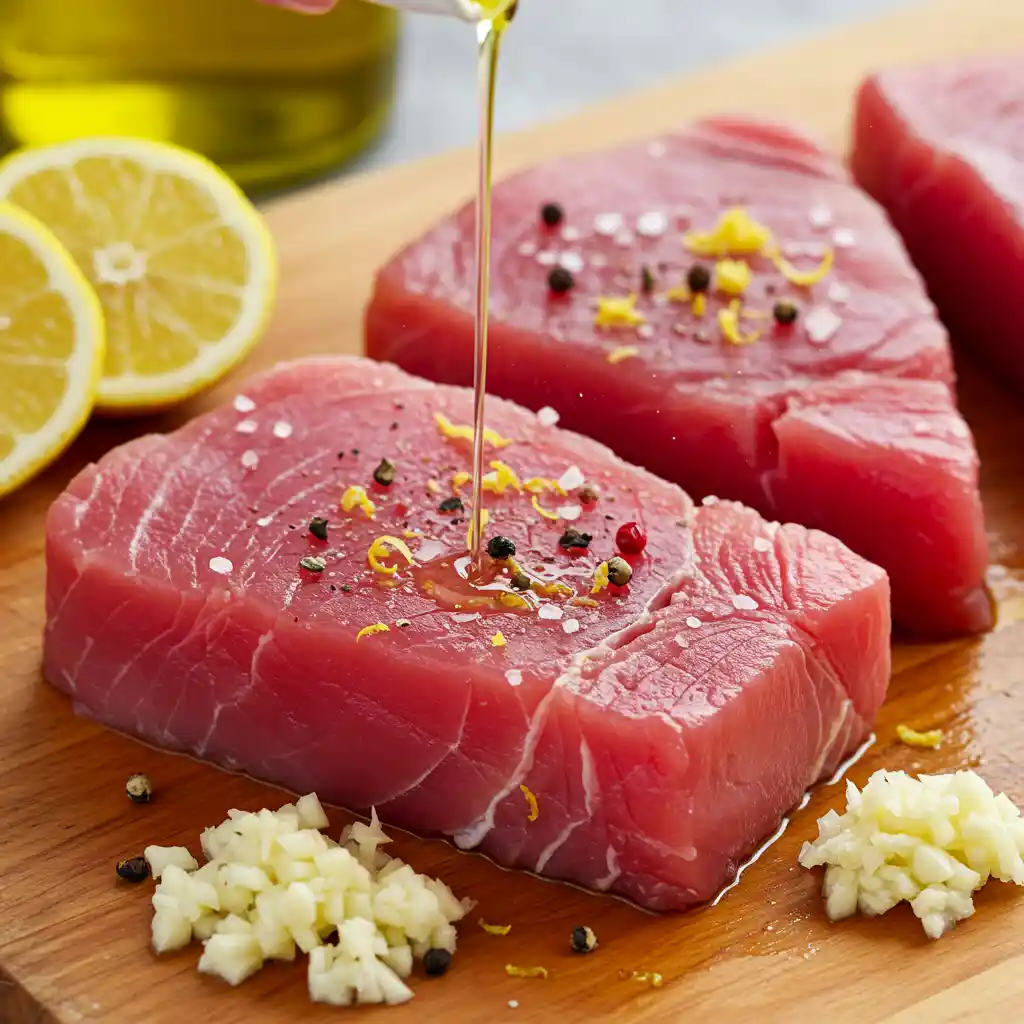
Before you fire up the big green egg, it’s important to prepare your tuna steaks properly. Proper preparation ensures the best flavor and texture when grilling.
1. Choosing the Right Tuna Steaks
Not all tuna steaks are created equal. Selecting high-quality fish is the first step to a successful grilling experience.
What Should You Look For?
Freshness Matters
When buying tuna steaks, look for bright red flesh and a fresh, ocean-like smell. Avoid steaks with dull color or a strong fishy odor, as these signs indicate lower quality.
Thickness and Size
For grilling tuna steaks on green egg , choose steaks that are at least 1 to 1.5 inches thick. Thicker cuts are easier to handle and less likely to overcook.
2. Seasoning Your Tuna Steaks
Seasoning is key to enhancing the natural flavors of tuna. Keep it simple but impactful for the best results.
What Are the Best Seasonings?
Classic Salt and Pepper
A sprinkle of salt and freshly ground black pepper is all you need for a big green egg tuna steak recipe. These basic seasonings let the natural flavor of the fish shine.
Adding a Citrus Zest
For a twist, try adding a bit of lemon or lime zest to your seasoning mix. The citrus complements the richness of the tuna and adds brightness to each bite.
3. Marinating for Extra Flavor
While not necessary, marinating your tuna steaks can take the flavor to the next level. A quick marinade can add depth without overpowering the fish.
How Long Should You Marinate?
Quick Marinade Tips
For how to grill tuna steak , marinate the steaks for no more than 30 minutes. Tuna is delicate, and long marinating times can make the texture mushy.
Simple Marinade Recipe
Combine olive oil, soy sauce, minced garlic, and a splash of lime juice for a quick marinade. This blend works perfectly for tuna steaks on the big green egg.
Step 2: Setting Up Your Big Green Egg for Success
Getting your big green egg ready is just as important as preparing the tuna steaks. Proper setup ensures even cooking and prevents any hiccups during grilling.
1. Cleaning the Grill Grates
A clean grill is essential for achieving those perfect sear marks on your tuna steaks. Dirty grates can lead to sticking and uneven cooking.
Why Clean Before Grilling?
Prevent Sticking
Tuna steaks are delicate, and a dirty grill can cause them to tear or stick.
Use a grill brush to scrub off any leftover residue from previous cooks before starting your big green egg tuna steak recipe.
Better Heat Transfer
Clean grates allow for better heat transfer, which is crucial when grilling tuna steaks on green egg.
This helps achieve that crispy exterior while keeping the inside tender.
2. Adding the Right Fuel
The type of charcoal and wood chips you use can significantly impact the flavor of your grilled tuna steaks.
What Fuel Should You Use?
Lump Charcoal
Lump charcoal is the preferred choice for the big green egg because it burns hotter and cleaner than briquettes. It also lights faster, making prep time quicker.
Wood Chips for Flavor
Pair your lump charcoal with wood chips like cherry or hickory to add a subtle smoky flavor to your tuna steaks on the big green egg.
Soak the chips in water for 30 minutes before adding them to the grill.
3. Adjusting the Vents for Temperature Control
The big green egg gives you precise control over temperature through its vent system. Mastering this step is key to nailing the perfect cook.
How Do the Vents Work?
Opening the Vents
Opening the vents increases airflow, raising the temperature inside the grill. For how to grill tuna steak , start with the vents halfway open to reach your desired temperature.
Closing the Vents
Closing the vents reduces airflow, lowering the heat. Use this technique to maintain a steady temperature while grilling tuna steaks on green egg.
Step 3: What Temperature Should I Grill Tuna Steaks At?
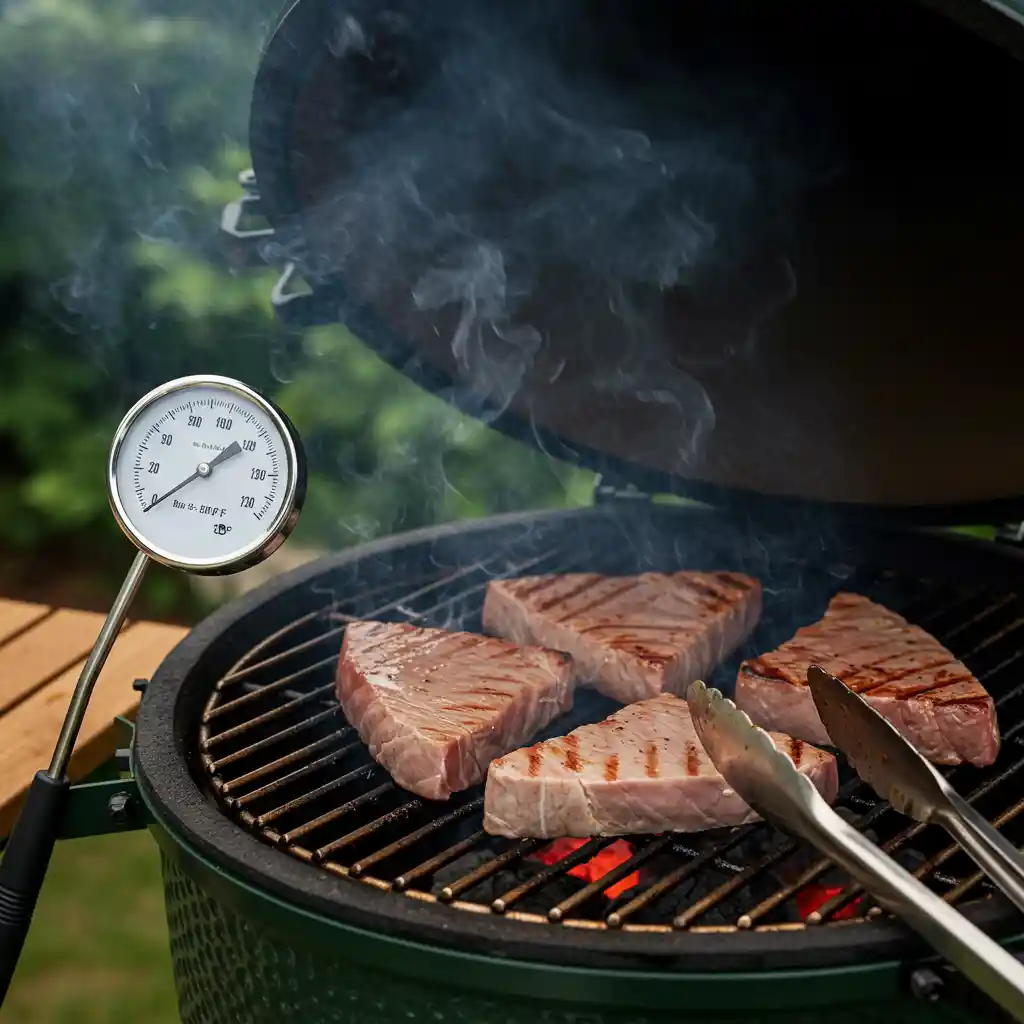
Grilling tuna steaks at the right temperature is crucial for achieving the perfect texture and flavor. Let’s break down the ideal heat settings for your big green egg.
1. High Heat for Searing
Tuna steaks benefit from high heat to create a flavorful crust while keeping the inside tender.
Why High Heat Works Best
Quick Cooking Time
Tuna steaks are best cooked quickly over high heat. Aim for a temperature of 450°F to 500°F when grilling tuna steaks on green egg.
This ensures the outside gets a nice sear without overcooking the center.
Retaining Moisture
High heat locks in the juices, keeping your tuna steaks moist and flavorful. This is especially important when grilling tuna fish , as it can dry out easily if cooked too slowly.
2. Monitoring the Internal Temperature
Using a meat thermometer is the best way to ensure your tuna steaks are cooked to perfection.
What’s the Ideal Internal Temp?
Rare to Medium-Rare
For the best results, aim for an internal temperature of 125°F to 130°F.
This range keeps the tuna slightly pink in the center, which is how many people prefer their tuna steaks on the big green egg
Avoid Overcooking
Overcooked tuna becomes dry and loses its delicate texture. Keep a close eye on the thermometer to avoid exceeding the ideal temperature.
3. Comparing Gas Grill vs. Big Green Egg Temperatures
While gas grills are convenient, they don’t offer the same level of precision as the big green egg.
How Do They Compare?
Gas Grill Challenges
When grilling tuna steaks on gas grill, it can be harder to maintain consistent high heat.
Gas grills often produce less smoke, which means less flavor infusion compared to the big green egg.
Big Green Egg Advantage
The big green egg excels at maintaining high, consistent heat, making it ideal for how long to grill tuna steaks on gas grill comparisons.
Its ceramic design locks in heat and smoke, giving you better results every time.
Step 4: How Long to Grill Tuna Steaks on Gas Grill vs. Big Green Egg
Grilling tuna steaks can vary depending on the type of grill you’re using.
While both gas grills and the big green egg can get the job done, there are some key differences in timing and technique.
1. Timing on a Gas Grill
Gas grills are convenient but often lack the precision of a big green egg. Knowing how long to cook your tuna steaks is essential for avoiding overcooking.
What’s the Ideal Time?
Quick Cooking Over High Heat
When grilling tuna steaks on gas grill, aim for about 2-3 minutes per side at high heat (around 450°F).
This short cooking time ensures the outside gets a nice sear while keeping the inside tender.
Watch for Doneness
Because gas grills don’t retain heat as well as the big green egg, it’s important to monitor your tuna closely.
Use a meat thermometer to check for an internal temperature of 125°F to 130°F.
2. Timing on a Big Green Egg
The big green egg offers more control, which means you can achieve better results with slightly less effort.
Why Is Timing Different?
Consistent Heat Retention
With the big green egg, you can maintain a steady high temperature, so your tuna steaks may only need 1.5-2 minutes per side.
The ceramic design locks in heat, ensuring even cooking.
Enhanced Flavor Development
The smoky environment of the big green egg allows flavors to develop faster, meaning you can achieve restaurant-quality results in less time compared to how long to grill tuna steaks on gas grill.
3. Factors That Affect Grilling Time
Several factors can influence how long you need to grill your tuna steaks, regardless of the grill type.
What Should You Consider?
Thickness of the Steak
Thicker tuna steaks will require slightly more time on the grill. For both gas grills and the big green egg , adjust your cooking time based on the thickness of the fish.
Desired Level of Doneness
If you prefer your tuna more well-done, you’ll need to increase the cooking time slightly.
However, remember that overcooking can dry out the fish, so use a thermometer to avoid going beyond 130°F.
Step 5: Mastering the Flip – How to Grill Tuna Steak Perfectly
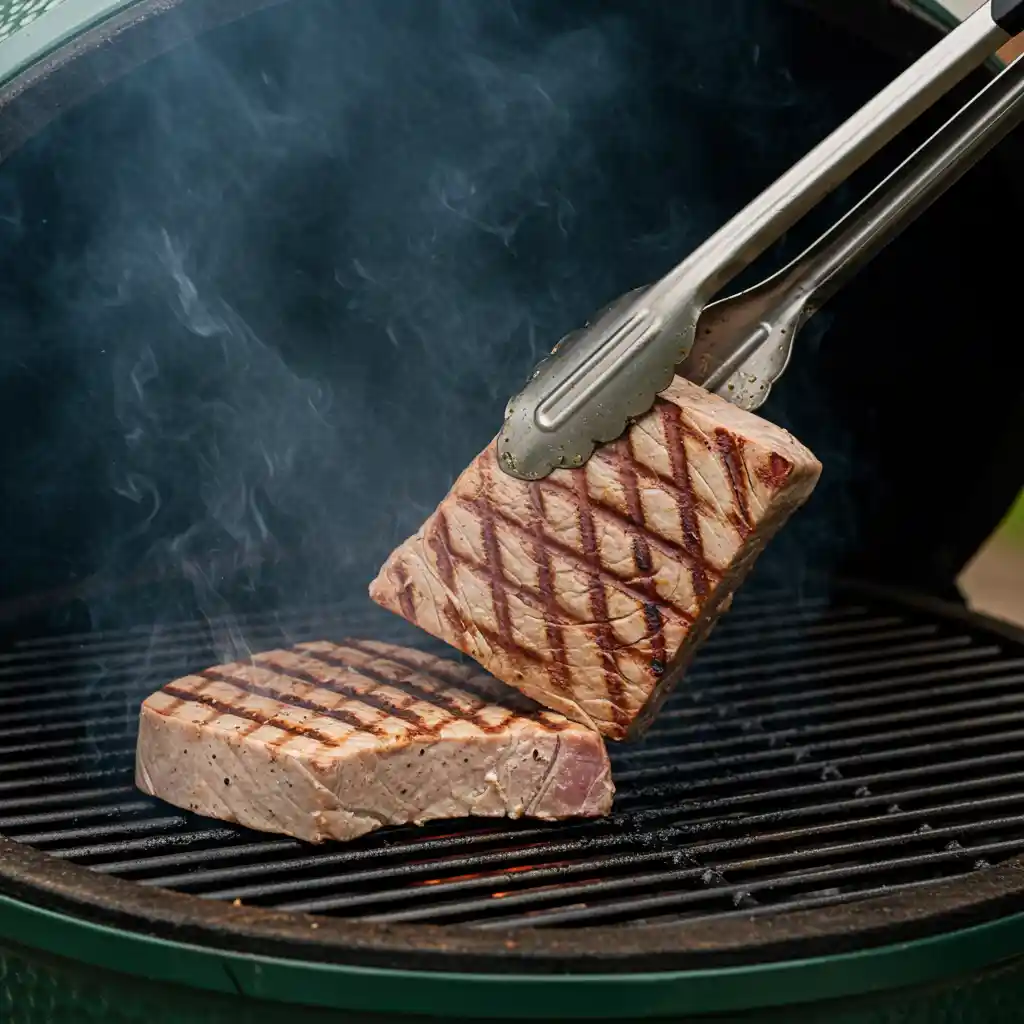
Flipping your tuna steaks at the right moment is crucial for achieving that perfect sear and texture. Let’s dive into the details of flipping like a pro.
1. When to Flip Your Tuna Steaks
Timing is everything when it comes to flipping tuna steaks. Flipping too early or too late can ruin the texture and flavor.
How Do You Know It’s Time?
Look for Grill Marks
For how to grill tuna steak, wait until you see clear grill marks forming on the surface of the tuna before flipping.
This usually takes about 1.5-2 minutes on the big green egg or 2-3 minutes on a gas grill.
Avoid Constant Flipping
Resist the urge to flip the tuna multiple times. One flip is all you need to achieve an evenly cooked steak with a beautiful crust.
2. Using the Right Tools
Having the right tools makes flipping easier and helps prevent tearing the delicate tuna steaks.
What Tools Should You Use?
Fish Spatula
A thin, flexible fish spatula is ideal for flipping tuna steaks. It slides easily under the fish without damaging it, making it perfect for tuna steaks on the big green egg.
Tongs for Support
If you’re nervous about using a spatula, tongs can provide extra support. Just be gentle to avoid squeezing the fish and losing its juices.
3. Ensuring Even Cooking After the Flip
Once flipped, it’s important to let the other side cook evenly to achieve a balanced texture.
What Should You Do?
Rotate for Even Grill Marks
After flipping, rotate the tuna steak 90 degrees to create crosshatch grill marks. This not only looks great but also ensures even heat distribution.
Check Internal Temperature
Use a meat thermometer after flipping to ensure the tuna reaches the ideal internal temperature of 125°F to 130°F.
This guarantees your grilled tuna onigiri or plain tuna steak will be perfectly cooked.
Step 6: Resting and Serving Your Grilled Tuna Steaks
After grilling, it’s important to let your tuna steaks rest before serving. This step ensures the juices redistribute, giving you a more flavorful bite.
Let’s explore how to rest and serve your tuna steaks on the big green egg.
1. Why Resting Matters
Resting your tuna steaks may seem like an unnecessary step, but it makes a huge difference in texture and flavor.
What Happens During Resting?
- Juices Redistribute : When you grill tuna, the juices are pushed toward the center. Resting allows them to spread evenly throughout the steak.
- Improved Texture : Rested tuna is juicier and more tender, making it a better eating experience.
- Avoids Dryness : Cutting into the tuna too soon can cause the juices to spill out, leaving the steak dry.
How Long Should You Rest?
- 2-3 Minutes : For tuna steaks, resting for just 2-3 minutes is enough. Place the steaks on a plate and cover loosely with foil to keep them warm.
2. Serving Suggestions
How you serve your grilled tuna steaks can elevate the dish from simple to spectacular. Here are some ideas:
What Are Some Great Pairings?
- Fresh Salads : Serve your big green egg tuna steak recipe with a side of mixed greens, cherry tomatoes, and a light vinaigrette. The freshness balances the rich flavor of the tuna.
- Grilled Vegetables : Pair your tuna with grilled asparagus, zucchini, or bell peppers for a healthy and colorful meal.
- Citrus Garnish : A squeeze of fresh lemon or lime juice over the tuna adds brightness and enhances the smoky flavor from the big green egg.
Creative Twists
- Grilled Tuna Onigiri : Shape leftover tuna into rice balls and grill them lightly for a fun Japanese-inspired dish.
- Tuna Tacos : Flake the grilled tuna and serve it in tortillas with avocado, salsa, and cabbage for a fusion twist.
3. Storing Leftovers
If you have leftover tuna steaks, proper storage ensures they stay fresh and tasty for later use.
How Should You Store Them?
- Refrigerate Quickly : Place leftovers in an airtight container and refrigerate within two hours of cooking.
- Use Within 2 Days : Tuna is best enjoyed fresh, so aim to eat leftovers within 48 hours for optimal flavor.
Reheating Tips
- Avoid the Microwave : Reheating tuna in the microwave can make it dry. Instead, gently warm it in a skillet over low heat.
- Cold Options : Leftover tuna is also delicious cold, served over a salad or in a sandwich.
Troubleshooting Common Issues When Grilling Tuna Steaks on Green Egg
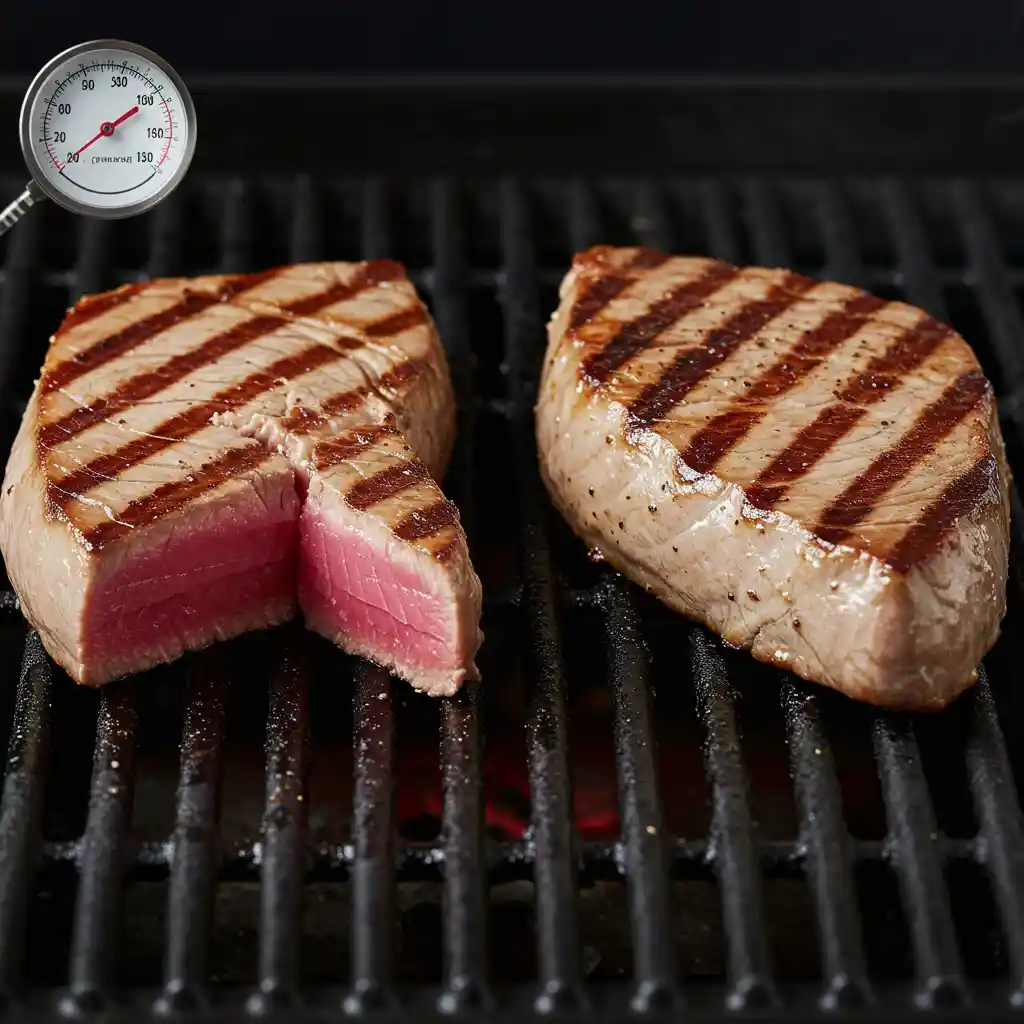
Even experienced grillers can run into problems when cooking tuna steaks.
Here’s how to address some common issues and ensure your grilling tuna steaks on green egg goes smoothly.
1. Tuna Sticking to the Grill
One of the most frustrating problems is when tuna sticks to the grill grates, tearing the delicate fish.
How Can You Prevent Sticking?
- Clean and Oil the Grates : Always clean your grill grates before cooking and lightly oil them with a paper towel dipped in vegetable oil.
- Preheat the Grill : Make sure your big green egg is fully preheated before adding the tuna. A hot grill helps prevent sticking.
What If It Still Sticks?
- Be Patient : If the tuna feels stuck, give it a few more seconds. It will release naturally once the crust forms.
- Use a Spatula : A thin, flexible spatula is your best tool for gently prying the tuna off the grill without tearing.
2. Overcooked Tuna
Overcooking is a common mistake that can ruin the texture of your tuna steaks.
How Do You Avoid Overcooking?
- Set a Timer : Use a timer to remind yourself to flip and remove the tuna at the right time.
- Check Internal Temperature : Aim for 125°F to 130°F for medium-rare. Anything above 140°F risks drying out the tuna.
Signs of Overcooking
- Dry Texture : If the tuna feels tough or flakes easily, it’s overcooked.
- Pale Color : Overcooked tuna turns grayish-white instead of retaining a pinkish center.
3. Uneven Cooking
Uneven cooking can happen if the grill temperature isn’t consistent or if the tuna steaks are unevenly thick.
How Can You Fix Uneven Cooking?
- Use a Meat Thermometer: Check the internal temperature in multiple spots to ensure even doneness.
- Trim Thick Areas: If your tuna steak is uneven, trim thicker parts to match the thinner sections for consistent cooking.
Adjust Grill Setup
- Move Steaks Around : If you notice hot spots on your big green egg, rotate the tuna steaks halfway through cooking to ensure even exposure to heat.
- Close the Lid : Keeping the lid closed helps maintain consistent heat, especially when grilling tuna steaks on gas grill.
How Long to Grill Steaks on Green Egg: A Quick Recap
If you’re new to using the big green egg or just need a refresher, here’s a quick guide to help you nail the timing for grilling tuna steaks and other proteins.
1. General Guidelines for Grilling Tuna
Grilling tuna on the big green egg requires precision, but once you master it, you’ll get consistent results every time.
What Are the Key Points?
- High Heat is Essential : Always preheat your big green egg to 450°F–500°F for searing tuna steaks. This ensures a crispy exterior and tender interior.
- Short Cooking Time : Tuna steaks typically take 1.5–2 minutes per side on the big green egg , depending on thickness.
Internal Temperature Goals
- Medium-Rare Perfection : Aim for an internal temperature of 125°F–130°F. This range keeps the tuna juicy and flavorful.
- Avoid Overcooking : Remember, tuna continues to cook slightly after being removed from the grill, so pull it off just before it reaches your desired doneness.
2. Comparing Steak Types on the Big Green Egg
While this article focuses on tuna, the big green egg is versatile enough to handle all kinds of steaks, from beef to salmon.
How Does Timing Vary?
- Beef Steaks : For a 1-inch thick beef steak, grill for 3–4 minutes per side at 450°F for medium-rare.
- Salmon Steaks : Salmon takes slightly longer than tuna—about 4–5 minutes per side at 400°F.
Adjust for Thickness
- Thicker Cuts : Add 1–2 minutes per side for thicker steaks, whether you’re cooking tuna, beef, or salmon.
- Thinner Cuts : Reduce cooking time by 30–60 seconds per side for thinner cuts to avoid overcooking.
3. Tips for Consistent Results
Achieving consistent results on the big green egg comes down to preparation and attention to detail.
What Should You Do?
- Preheat Properly : Always give your big green egg at least 10–15 minutes to reach the desired temperature before adding food.
- Monitor Vents : Keep an eye on the vents to maintain steady heat. Opening them increases airflow and temperature, while closing them reduces heat.
Use a Timer
- Stay Organized : Set a timer for each side of the tuna steak to avoid guesswork. This is especially helpful when grilling tuna steaks on gas grill or any other type of grill.
- Check Often : Even with a timer, use a meat thermometer to confirm doneness, as cooking times can vary based on environmental factors like wind or outdoor temperature.
Conclusion
Grilling tuna steaks on green egg is an art that combines precision, flavor, and technique.
Whether you’re following a big green egg tuna steak recipe or experimenting with your own seasonings, the key to success lies in preparation and execution.




